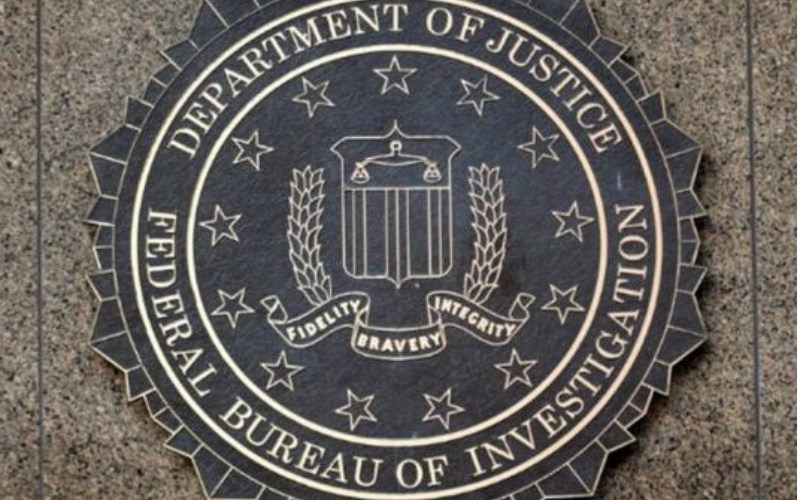A crater 4-feet-wide by 2-feet-deep was discovered on Thanksgiving weekend by Marine Bureau officers on the north side of Fox Island, which is part of New York's Suffolk County. People aboard a striped boat are possible suspects, as they were seen leaving the area at the time of the explosion.
While it is evident the device was intentionally detonated, it caused no harm. According to local police, the Federal Bureau of Investigation's (FBI) Joint Terrorism Task Force is involved with the ongoing investigation.
American Family News spoke to Gregory Shaffer, a retired Supervisory Special Agent of the FBI and former member of the agency's elite Hostage Rescue Team (HRT). According to Shaffer, it's not uncommon for the FBI to get involved in explosions like the one described.
Although legitimate fears of terrorism linger post-9/11, he expects the FBI to "discount" the threat of terrorism. "[While I don't discount] the fact that this could have possibly been a dry run for terrorism, I am more inclined to believe it was a bunch of guys having fun on a beach," he shares.

Suspected components
Shaffer suspects the use of Tannerite, a binary explosive consisting of two separate components, including an oxidizer like ammonium nitrate and a fuel for combustion. Enough of the substance can be used as a very powerful explosive, and can be purchased at nearly any sporting goods store, he says.
"[Tannerite] was designed for long-range target shooting, so a shooter doesn't have to have a spotter to determine if he hit the target or not," the former HRT member explains – adding that hitting a target equipped with Tannerite would result in a small explosion, thereby giving the shooter immediate feedback that is was a "good shot."
According to the former FBI agent, it's plausible that the boaters seen exiting the scene near the explosion were shooting at a target on the beach that was laden with a large amount of Tannerite. "It's readily available and it's pretty common," he admits.
Shaffer says the Bureau of Alcohol, Tobacco, Firearms and Explosives (ATF) and the FBI will take soil samples to determine the kind of explosive used to create the crater – whether it be Tannerite, dynamite, or another explosive substance.
Potential lethality
All things considered, Shaffer indicates the "relatively small size" of the crater was produced by explosives that "probably would not kill a lot of people." He tells AFN that a device this size would have to be discharged in "a very crowded area" to have a substantial lethal effect.
"Explosions this size dissipate very quickly – and when this happens, it exponentially decreases the danger to others the further away [victims] get away from it," he explains. "However, if an explosive device is wrapped in nuts, bolts, nails, and screws, it becomes a shrapnel device – expanding the kill zone."
That construction design essentially would make the device a "very lethal" improvised explosive device (IED) that could "kill quite a few people," Shaffer warns.







